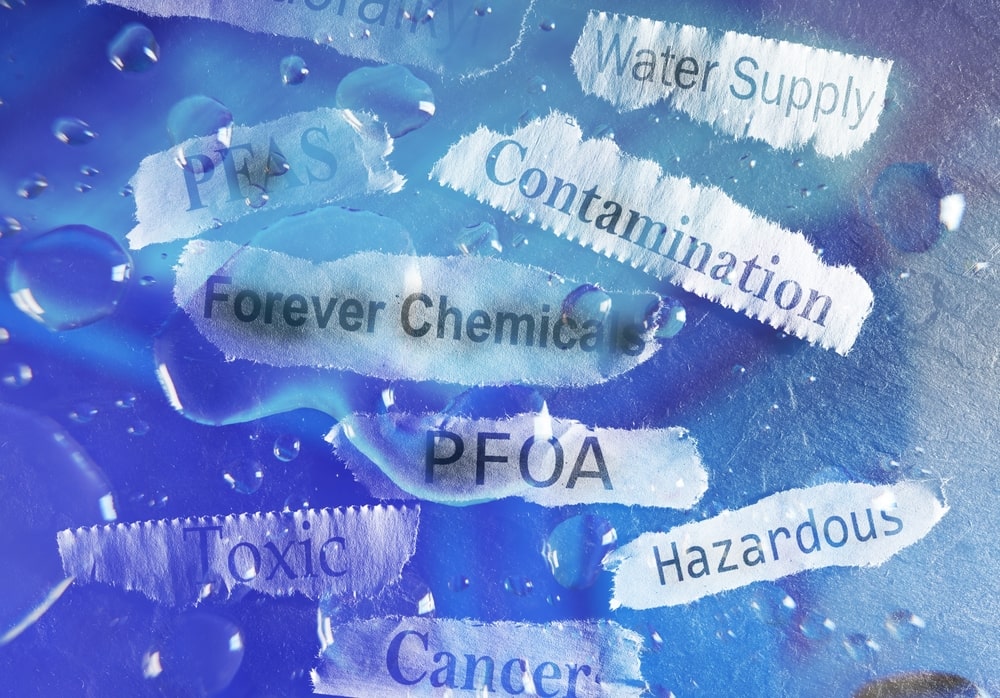
The cost of cleaning up “toxic forever” chemical pollution could reach more than £1.6tn across the UK and Europe over a 20-year period, reports The Guardian newspaper, with an annual bill of £84bn.
As the report states: “the number of British pollution hotspots is also on the rise. If emissions remain unrestricted and uncontrolled, the costs of cleanup will reach £9.9bn a year in the UK, according to the findings of a year-long investigation by the Forever Lobbying Project, a cross-border investigation involving 46 journalists and 18 experts across 16 countries.”
The Guardian notes that: “PFAS (per- and polyfluoroalkyl substances), commonly referred to as “forever chemicals” are a family of more than 10,000 human-made substances. Manufactured by a handful of companies, they are widely used in consumer products and industrial processes.
They can be found in non-stick pans, pizza boxes, cosmetics, waterproof clothing, firefighting foam and pharmaceuticals, among other places. The properties that make them so useful – heatproof, greaseproof and waterproof – also have fateful downsides. Almost indestructible without human intervention and persistent in living organisms, PFAS have been linked to infertility, cancers, immune and hormone disruption, and other illnesses.”
PFAS are everywhere and can be found in drinking water and surface waters. This is a huge task for those involved in the remediation of this complex issue. Contamination hotspots can be found at landfills, airports, military sites, sewage outfalls, sewage sludge, manufacturers and industrial users of PFAS.
According to the Guardian: “Just to clean up existing legacy pollution in the UK, analysis has found it will cost an estimated £428m every year for the next 20 years, based on existing cost data. This would cover remediating contaminated soils, landfill leachate and to treat 5% of the drinking water in large water supply zones for just the two regulated PFAS compounds, PFOS and PFOA. These costs are conservative, as they only include decontamination costs, not socioeconomic costs or potential costs to the health system. It also assumes that PFAS emissions stop immediately.”
Manufacturers face legal liability for the contaminants, as well as environmental cleanup costs. They clearly need to reduce future exposures to what could be an explosively toxic challenge to casualty/liability underwriters.
There are currently three tiers of manufacturers that experience PFAS risk - those who fabricate PFAS chemicals. These manufacturers face the highest level of exposure to legal liability risks.
According to Risk and Insurance magazine: “The second tier of manufactures with exposure to PFAS liabilities includes companies that used PFAS chemicals to treat the products they produce, typically for water-, stain- or fireproofing. The third tier encompasses companies that have supply chain exposures. These companies are likely assembling products out of components that have been treated with PFAS but don’t use the chemicals themselves.”